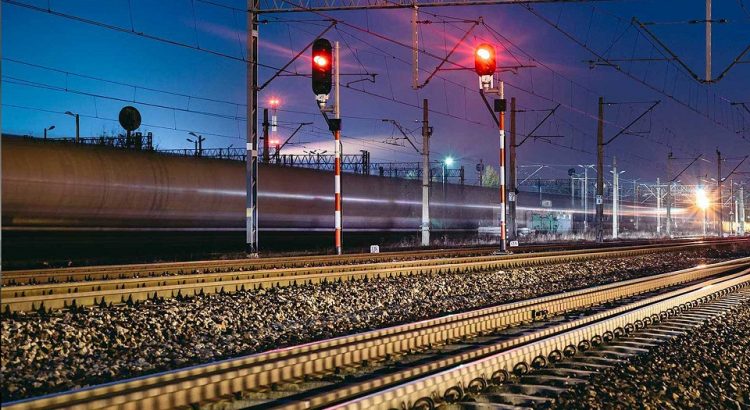GSM-R i.e. Global System for Mobile-Railways was well-introduced as the radio system of choice for track-to-train voice communication in Europe and several other countries beyond. It is also an integral part of ERTMS (European Rail Traffic Management System), being the transmission link between the control center and the ETCS (European Train Control System) equipment on the train. And because of the limited deployment of ERTMS, its role is actually less understood.
GSM-R is, however, an old technology according to currents standards and, unlike its public network equipment (2G), the railway telecommunication system has not been developed into 3G or 4G offerings. So how long can GSM-R exist and what are its implications for the longer haul?
GSM as a Standard
Though new technologies came to the fore, but GSM-P or 2G systems were continuously being used by a significant proportion of the population all across the globe, way back in 1992-1993. And there is no possible escape from this and the European Radio Licensing Authorities, as directed by the EU, have to keep the technology in use and supported until 2025.
The UK GSM-R network became fully operational in the south of the country in 2012 and replaced the National Radio Network (NRN) between the Wash and the Severn. Thereafter, it was extended to the whole country, and eventually the cab secure radio system also got transferred to GSMN-R. This further led to several countries moving to nationwide networks and therefore, a lot of capital was invested.
GPRS and ERTMS
GSM was basically designed for voice communication as it was foreseen as the primary requirement in the early 1990s. GSM’s capacity to send data has always been somewhat limited and the growth of texting and internet connections exemplified that some data enhanced data capacity would be required. And therefore, within the GSM standard was developed the GPRS which, instead of making a connection to a mobile and holding it, sends data in form of small packets to various mobiles simultaneously.
But the ERTMS programme has similarly faced data capacity problems with its GSM-R bearer and only a circuit switched connection is currently approved for ETCS operation. Another major twist in the situation was whether GSM-R networks should be migrated to IP (Internet protocol). IP interfaces were required to follow the adoption of GPRS.
Beyond GSM-R
And then after considerable speculation about finding the replacement of GSM-R, LTE (Long Term Evolution) within a 4G service came to the front. Detecon, a consultative firm based in Germany studied and advised on railway telecommunication by investigating about the potential possibilities. Since LTE comes with a much higher data handling capacity than GSM and moreover, high spectrum efficiency for both uplink and downlink round trip times will pan out to be much better than GSM- around 10msec against 150msec.
LTE is basically a mixture of verified techniques combined with other standards and technology. LTE spectrum in Europe started at 0.8Hz, 1.8Hz and 2.6Hz bands and additional spectrum in 0.85Hz, 0.9Hz and 1.9Hz is likely, making CCTV surveillance, patient entertainment and information possible quite easily. Although LTE provides many advantages over GSM-R, migration is probably not practical until 2022. And this will further provide an upswing to the railway telecommunication.
GSM-R took a very long time to get established. With GPRS, it did the job it was introduced for, including support from ETCS operation, and will remain in service until at least 2025. But still there are some significant questions that need to be addresses:
- Will there be any need to introduce special features into LTE to satisfy the railway telecommunication requirements, like LTE-R?
- How exactly future LTE network will be operational for the railway?
Though it seems like yesterday that GSM-R was first thought of but actually it was around 20 years ago. It is very important for railway telecom and radio engineers to continue their collaboration at a European level to be aware of what is happening and actively plan for the future.





